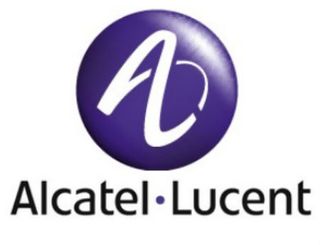Alcatel-Lucent Gets OK For DOCSIS-Flavored EPON Gear

Alcatel-Lucent is the latest to join a growing group of vendors that have achieved CableLabs qualification for EPON network equipment that uses DOCSIS-style provisioning.
According to the results of test wave 106, Alcatel-Lucent achieved qualification for DOCSIS Provisioning of EPON 1.0 for the 7360 ISAM platform, which can support either EPON or GPON. The supplier's MSO-focused EPON product family comes in three different shelf sizes, supporting four, eight or 16 slots.
Qualification means Alcatel-Lucent’s product is interoperable with other equipment that has gained DPoE 1.0 status from CableLabs.
These cable-tailored EPON systems are made up of the DPoE System, which includes the product Alcatel-Lucent received qualification on, and the DPoE Optical Network Unit. In deployment scenarios, the DPoE System is analogous to the cable modem termination system (CMTS) in the DOCSIS world, while the Optical Network Unit (ONU) behaves as the modem at the customer premises.
CableLabs has awarded similar stamps to Aurora Networks, CommScope, Huawei, Sumitomo Electric, and ZTE for their respective DPoE systems. CableLabs has also qualified DPoE ONUs from Aurora Networks, CTDI, Finisar, Huawei and Sumitomo.
They are entering the fray as U.S. cable operators such as Bright House Networks and Time Warner Cable gravitate to EPON to deliver services over fiber to mid-sized and larger business customers. Bright House is also using EPON for some targeted, new residential environments.
DPoE allows MSOs to offer EPON using the auto-provisioning and backoffice management systems they have in place for DOCSIS modems. The 2.0 version of the specs add more depth and breadth by latching on elements such as IPv6 and more advanced Metro Ethernet Forum services.
Multichannel Newsletter
The smarter way to stay on top of the multichannel video marketplace. Sign up below.
But EPON isn’t CableLabs’ only focus.
CableLabs has also sparked an effort that seeks to bring unity to the PON standards governed by the Institute of Electrical and Electronics Engineers (IEEE) and the International Telecommunications Union (ITU). That CableLabs effort, called “OnePON,” aims to bridge some of the technical differences separating EPON and GPON as the standards bodies move ahead on new generations of those platforms.
The idea for OnePON was spawned after it became increasingly clear that EPON and GPON are naturally coming together through the common use of Ethernet transport, Curtis Knittle, director of optical technologies at CableLabs, said.
“At some point, we can come together and have a single solution; there’s tremendous benefit for service providers and vendors,” Curtis Knittle, director of optical technologies at CableLabs said, in a recent interview, noting that he sees the cable R&D org playing the role of facilitator.
See this CableLabs blog post or this story (subscription required) for more detail on the OnePON initiative.
